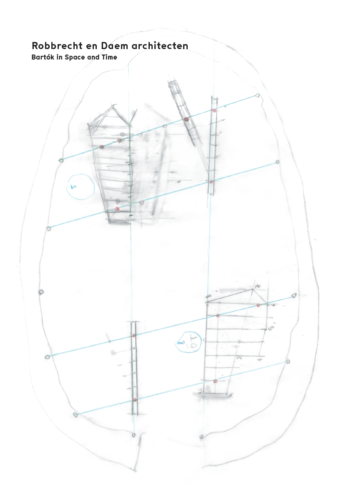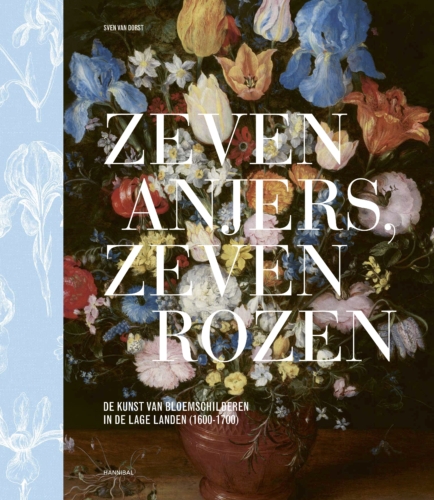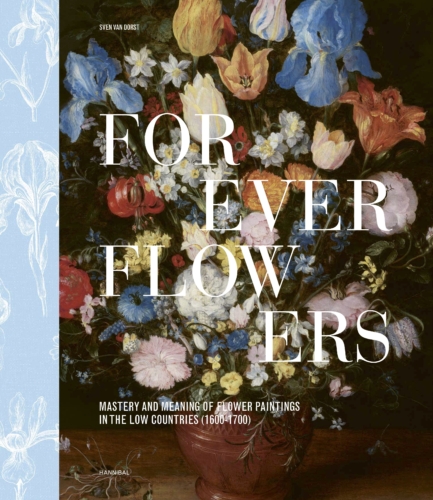
The incredible history of
A Lady and her Daughter by Titian
In the early 1550s, Titian made a portrait of A Lady and her Daughter, which he left unfinished. Soon after the master’s death in 1576, Titian’s black-sheep son, Pomponio, had the scene of the mother and her daughter painted over, turning it into Tobias and the Angel: a religious subject was more likely to sell than a portrait of two anonymous sitters. In 1581, Pomponio sold off his father’s studio, including the newly overpainted canvas, to Cristoforo Barbarigo.
The picture remained in Barbarigo’s famous collection in the Palazzo Barbarigo della Terrazza on the Canal Grande until 1850 when it was acquired by Tsar Nicholas I, together with a number of other pictures by Titian. Large parts of the Tsar’s collection were sold and dispersed soon afterwards, including Tobias and the Angel.
In the 1920s, the painting was acquired by the French art dealer René Gimpel. Just before the outbreak of World War II, in 1939, Gimpel brought his collection to safety in London, storing it in a garage in Bayswater without informing anyone about its exact location. In 1945, he was arrested by the Nazis and imprisoned in the German Neuengamme concentration camp where he died. After a long search, Gimpel’s son Ernest discovered the works that were hidden by his father, including the Titian. Several buildings adjacent to the garage in Bayswater were completely destroyed by bombs during the Blitz. Miraculously, Gimpel’s paintings had been spared.
In 1948, Jean Gimpel ordered a technical examination of the work at the renowned Courtauld Institute of Art in London. X-ray photography revealed a portrait of a young girl tenderly looking up at her mother.
In consultation with art historians and scientists, Alec Cobbe embarked on a major restoration. After almost twenty years of scraping down, removing the overpaint millimetre by millimetre, the portrait which had been concealed for centuries finally emerged.
The incredible history of the painting has been reconstructed in this volume through a number of fascinating details, in contributions from scholars of international renown starting with the fundamental essay by Jaynie Anderson which proposes the identification of the subjects portrayed, giving a history to the faces of those two figures to whom Titian chose to dedicate one of his most intense masterpieces.
Larry Keith (Head of Conservation and Keeper at the National Gallery, London) writes about the decisions made to assure the conservation of the painting.
The picture’s presence in the Barbarigo collection is reconstructed by Riccardo Lattuada, while Irina Artemieva (State Hermitage Museum, Saint Petersburg) traces the history of the purchase of the painting for the Hermitage collection in the nineteenth century.
Titian’s extraordinary range of female portraits from celebrated members of court to idealised beauties is explored in Beverly Louise Brown’s essay. Whether the models Titian employed were courtesans or family members, they acted as artistic muses.
The final chapter of this publication is about the ‘non finito’. Andrea Bayer (The Metropolitan Museum of Art, New York), curator of the “Unfinished” exhibition (MetBreuer 2016) where the painting was one of the highlights, explores the poetics of the unfinished in her essay entitled “Renaissance views of the unfinished”.
It is with great joy and emotion that the Palazzo Ducale can welcome back after almost 500 years Titian’s sweetheart Milia and their daughter Emilia to La Serenissima.
- 28,4 x 22,5 cm
- 160 pages
- Hardcover with jacket
- Quadrichromy
- English edition
- ISBN 978 94 6338 700 7
Related books



